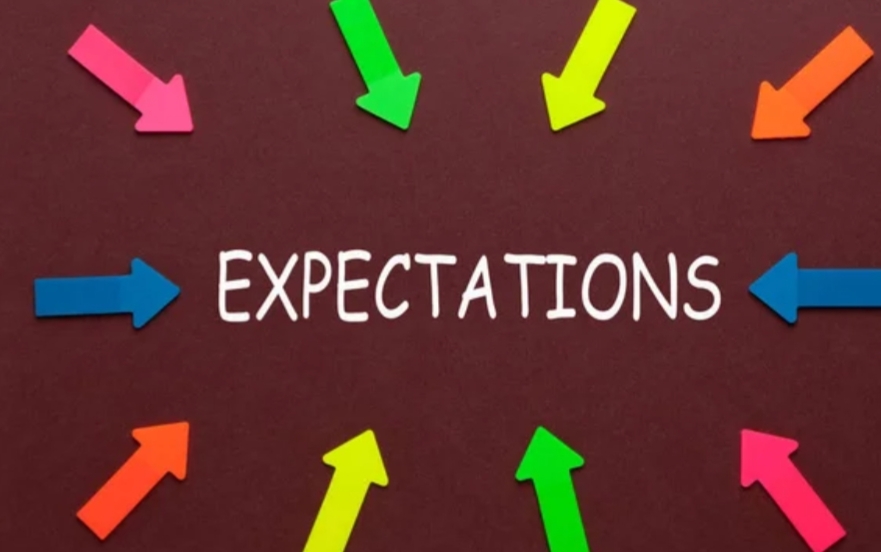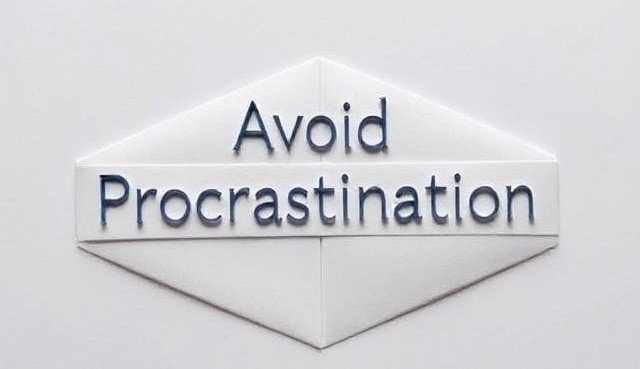
Endings are not the opposite of beginnings; they are a gate through which new possibilities enter. The phrase “sometimes end is the new beginning” isn’t just a hopeful cliche. It’s a reminder that endings, though painful or disruptive in the moment, can clear the space for growth, reorientation, and reinvention. When we learn to honor endings rather than resist them, we unlock a rhythm of life where closure seeds fresh starts.
Endings are hard. They wake up fear, question our choices, and shake our sense of stability. But endings also make room—space to breathe differently, to notice what matters, and to decide what we want to carry forward. Think of endings as season breaks in a long, living story. They sting, then they soften, and slowly they reveal a path you couldn’t see from where you stood before.
The nature of endings
- Endings aren’t a single moment; they’re a process. There’s a start, a turn, and a slow settling into something new. Jumping too quickly from “this is over” to “new this” can leave us carrying regret or denial. Therefore, let the process move at its own pace.
- Endings reveal what truly matters. When something ends, you see your real priorities with more clarity. The loss itself can sharpen your sense of what you want to protect and what you’re ready to let go of.
- Endings clear space for reinvention. By closing doors you no longer need, you release energy for doors that fit your evolving self.
Endings as detonators of change
- Emotional growth: Endings push you to sit with fear, disappointment, and grief. Facing those feelings honestly builds a deeper, more nuanced kind of strength.
- Reassessing identity: If you’ve tied your sense of self to a role or a relationship, endings pry you loose from a fixed script and invite a more flexible, expansive you.
- Creative renewal: When the old template no longer fits, your mind awakens to new possibilities. Endings often spark fresh ideas and ways of showing up in the world.
Endings in various areas of life
- Relationships: A breakup, drift, or rift can hurt deeply, yet it can also clarify boundaries, break patterns that weren’t serving you, and open doors to healthier connections—both with others and with yourself.
- Career and work: Job cuts, retirements, or quitting can feel like failure at first. Over time, they can redirect you toward work that fits your values, talents, and curiosities.
- Physical or geographic change: Moving, changing routines, or ending a long-standing daily mile can unsettle you at first, then invite you into new landscapes, communities, and rhythms.
- Personal values and beliefs: Sometimes endings show up as shifts in what you genuinely value. That discomfort can lead to a life that’s truer to your core.
The mindset of endings
- Normalize endings as part of life’s cycle: Endings aren’t a verdict on your worth or competence. They’re signals that a current setup has run its course.
- Practice compassionate self-talk: Talk to yourself like you would to a friend who’s grieving a big change—acknowledge the pain, then invite a sense of possibility.
- Reframe endings as beginnings-in-progress: Instead of asking, “Why did this happen?” ask, “What might this enable next?” That shift changes energy from loss to potential.
- Create rituals of closure: Small, personal rituals—writing a letter you may not send, marking a space, or finishing a project—can provide symbolic closure and practical momentum.
Practical strategies for endings that lead to beginnings
- Acknowledge and grieve: Permit yourself to feel the weight of the ending. Grief clears space for what’s next.
- Reflect and learn: Write down what the ending taught you about needs, boundaries, and desires. Pull out one or two lessons you want to carry forward.
- Rituals and release: Do a simple ritual to mark the transition—burn a letter, take a walk to say goodbye to a place, let go of an old plan in a tiny ceremony.
- Reframe with a beginning map: Create a short, concrete statement of where you want to go next and the first steps you’ll take.
- Start with small experiments: Test a new direction with a low-risk project, a short course, or a hobby you’ve been curious about.
- Lean on your network: Reach out to trusted people who can offer perspective, accountability, and encouragement.
- Self-care and boundaries: Endings are tiring. Prioritize sleep, nourishment, movement, and boundaries to conserve energy for what’s ahead.
- Flexible goal-setting: Plan anyway, but keep plans adaptable. Endings often demand creative routes and detours.
Stories of endings turning into beginnings
- The pivoting entrepreneur: A company ends a low-performing product line. The team analyzes data, tunes the target, and launches something leaner that serves a neglected customer segment. The past informs the pivot; the pivot defines what comes next.
- The artist’s new direction: A writer finishes a novel and discovers a newer, sharper voice for a different format—short stories. The ending of one book becomes the birthplace of a distinct chapter in their artistry.
- The relationship that ends to begin self-discovery: Leaving a demanding relationship creates space to explore identity, friendships, and passions, eventually leading to healthier, more authentic connections.
- The relocation as gateway: Moving to a new city disrupts comfort but opens doors to new communities, networks, and possibilities you didn’t know existed.
Creating endings that lead to new beginnings
- Start with acceptance: Acknowledge the ending as real and allow your feelings to be legitimate.
- Name what’s ending: Be specific—what title, role, routine, or plan is ending? Naming helps you process and plan.
- Design a closure ritual: Create something tangible that marks the transition and gives you a sense of closure.
- Define the next chapter in concrete terms: Pin down a few specific, time-bound steps to begin the new chapter.
- Balance reflection with action: Let yourself reflect, but pair every reflection with a small, forward-moving action.
- Seek community: Endings can feel isolating. Lean on trusted friends, mentors, or coaches.
- Protect your new priorities: Set boundaries that safeguard what you’re choosing to pursue now.
The art of endings in culture and myth
- Cycles and renewal: Many cultures mark endings as prerequisites for renewal—harvests, New Year rituals, seasonal resets. Endings are seen as necessary preludes to fresh starts.
- Mythic arcs of transformation: The hero’s journey often hinges on a death-and-rebirth arc—the old self dies so a wiser, stronger self can rise.
- Literature’s turning points: Great stories hinge on endings that force truth-telling and a courageous choice for a new path. Endings aren’t the end of a life; they’re a pivot to a higher-stakes chapter.
Tips for writing your own endings and beginnings
- Keep an endings journal: Track endings you encounter and your emotional journey. Patterns emerge that help you navigate future transitions.
- Build a prompt list: Simple prompts like “What did this ending reveal about my values?” or “What is one small step toward my next chapter?” can spark movement.
- Write a future-self letter: Imagine yourself a year from now, having navigated the ending with grace. What advice would that version of you share today?
- Practice gratitude in transition: Acknowledge the good in what’s ending even as you lean toward what’s next.
- Create an endings toolkit: A small set of rituals, prompts, and resources you can lean on when endings appear.
Endings aren’t tidy or easy. They bring disruption, confusion, and sometimes loss. But they carry a paradox: closing one chapter can open another that fits you better, if you approach it with curiosity, courage, and action. Endings are doors; beginnings are destinations that reveal themselves as you walk through.









